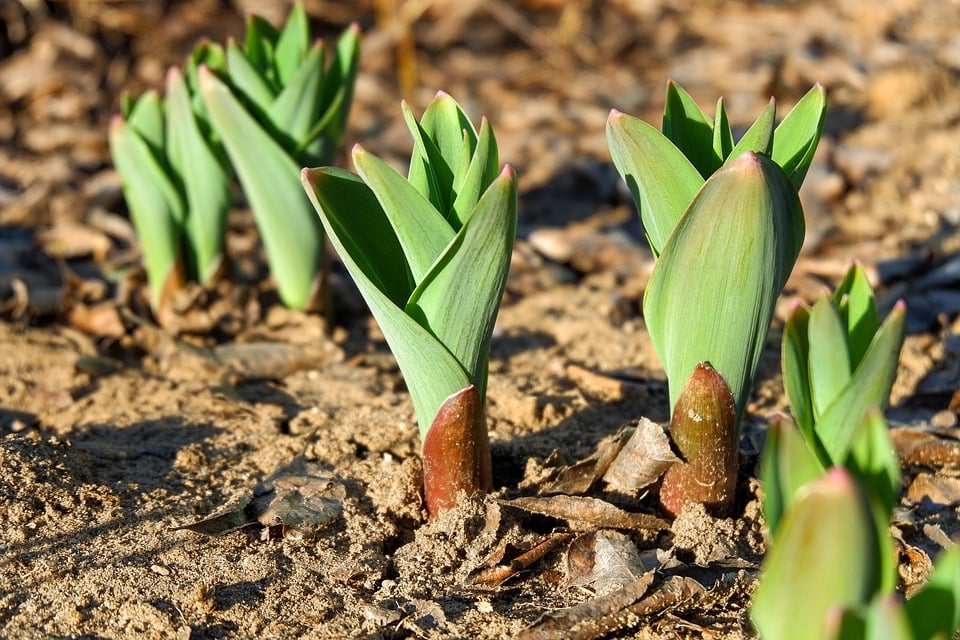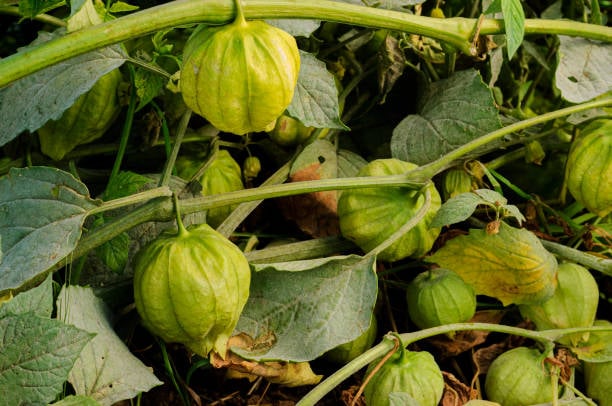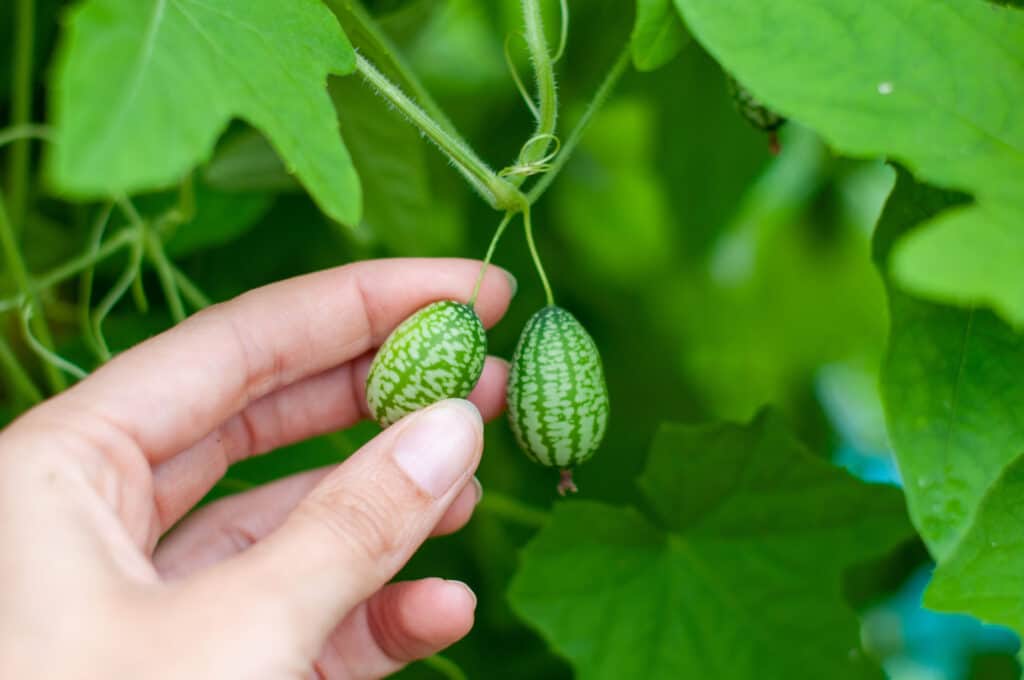30 Leafy Green Vegetables Listed From A-Z
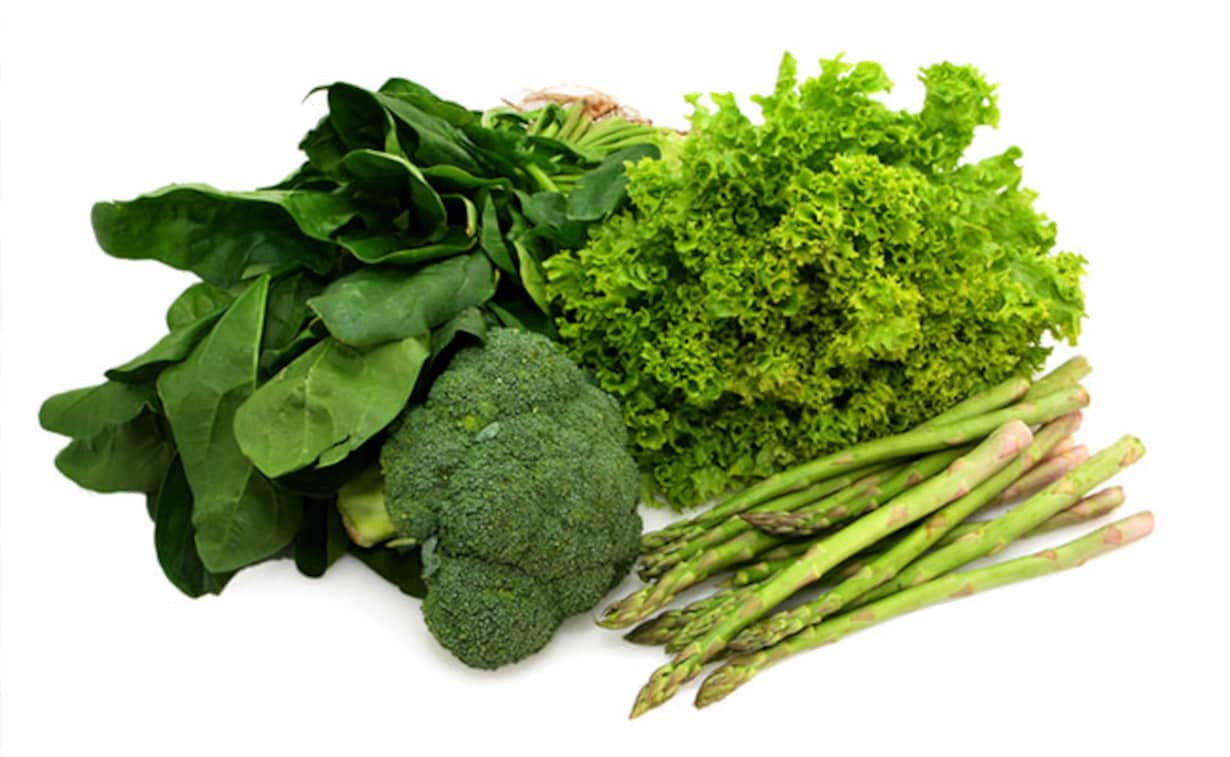
Table of Contents
Are you a fan of green leafy vegetables? If yes, welcome to our article! Here we explore the fascinating world of green leafy vegetables. The tour of a variety of nutritious powerhouses is here!
Green leafy vegetables are not only vibrant but also aesthetically pleasing. They also provide a wealth of health advantages that may drastically improve your well-being. This extensive lush green vegetable list can motivate you to adopt a more environmentally friendly way of life whether you are a food enthusiast, a healthy eater, or just trying to incorporate leafy green into your family’s diet.
Let’s delve into each green wonder’s distinctive qualities, tastes, and culinary applications, from well-known spinach to rarely used chard. Then, prepare for a gastronomic journey that will make you want these healthy green leafy veggies at every meal.
1. Amarnath
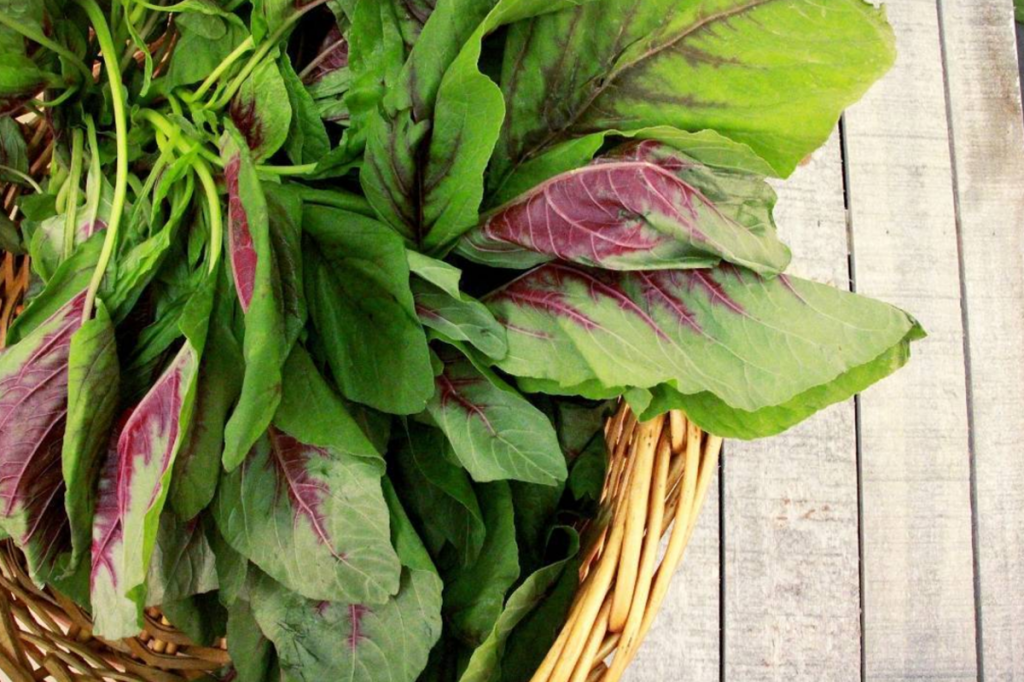
Amarnath Leaves are a special and adaptable green leafy veggie that stands out for its unique taste and characteristics. They have broad, heart-shaped leaves that lend visual interest to any dish. The flavour of Amarnath leaves is nutty and earthy. After cooking, they retain a soft texture, making them ideal for salads, soups, stews, or a side dish.
2. Arugula
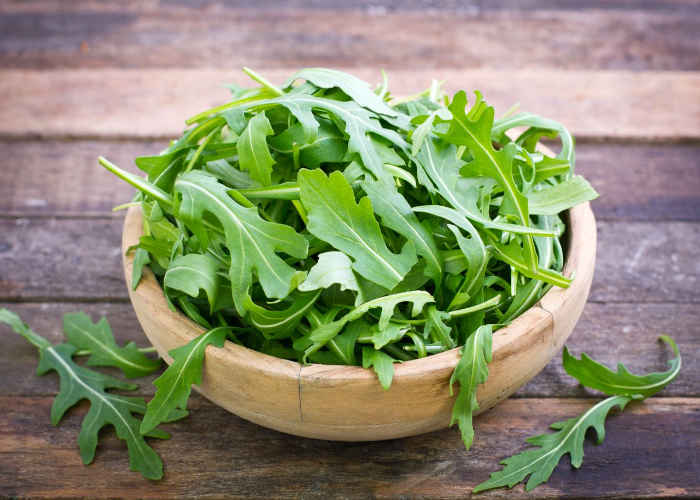
Arugula is used in salads, pizza, pasta, wraps, sandwiches, and garnishes due to its attractive appearance, thin, elongated leaves, and brilliant colour. This veggie’s somewhat bitter and peppery flavour gives a distinct and powerful touch to the dishes. The flavour’s strength can range from moderately spicy to more prominent depending on the cultivar and growing circumstances. Arugula is a must-try green that can take your green meals to a new level because of its culinary adaptability.
3. Beet Greens
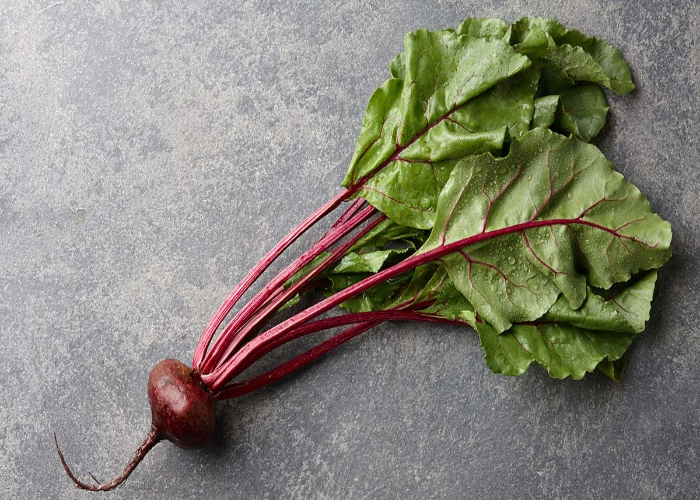
The leafy tops of the beetroot are known as beet green. They have unique properties that give your meal a bit of visual flair as they have vivid, deep green foliage and distinctive vein pattern. Beet greens have a flavour that is a lovely blend of mild bitterness and earthiness. The taste resembles that of spinach but is a little sweeter and softer. As these leaves go mushy on cooking – they are supposed to be handled with care.
4. Bok Choy
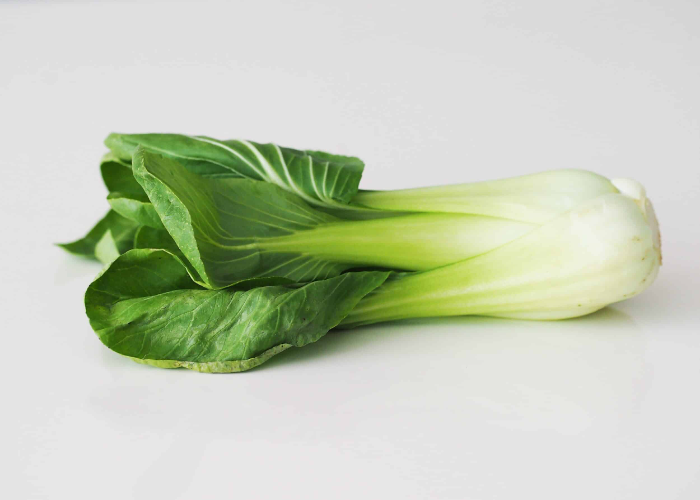
Bok Choy is also known as Pak Choi or Chinese cabbage. Its crisp, light green stems and glossy dark green leaves visually appeal to any meal. The distinctive taste profile of Bok Choy combines a light sweetness with a faint undertone of bitterness. It is a beautiful addition to soups, stir-fries, salads, and soups since they can be eaten fresh and cooked.
5. Brussels Sprout Greens
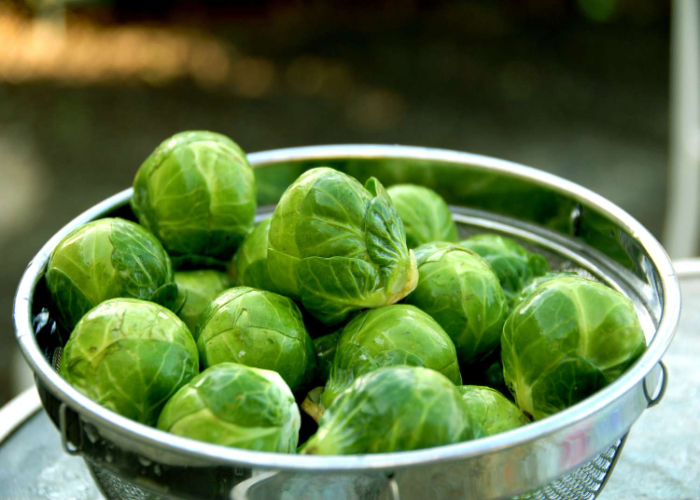
Brussel sprout greens are well known for their vibrant colour and delicate frilly leaves. They resemble a baby cabbage but are somewhere softer and have a combined flavour of sweetness, nuttiness, and earthiness. These greens are rich in fibre, antioxidants, vitamins A, C, and K, as well as other nutrients. You may enjoy this leafy veg in various gourmet preparation in salads and fillings.
6. Cabbage
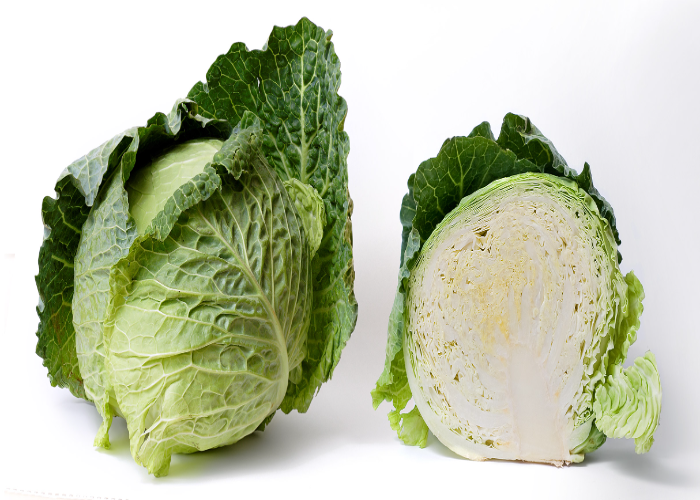
Cabbage is a versatile vegetable with a crisp texture and a mildly sweet taste. It comes in several kinds, including Napa, red and green cabbage. In addition to being abundant in fibre and vitamin C, cabbage is low in calories. It can be used raw or cooked in stir-fries, coleslaws, soups, and salads. The flexibility of these veggies makes them a common ingredient in many cuisines.
7. Celery Greens
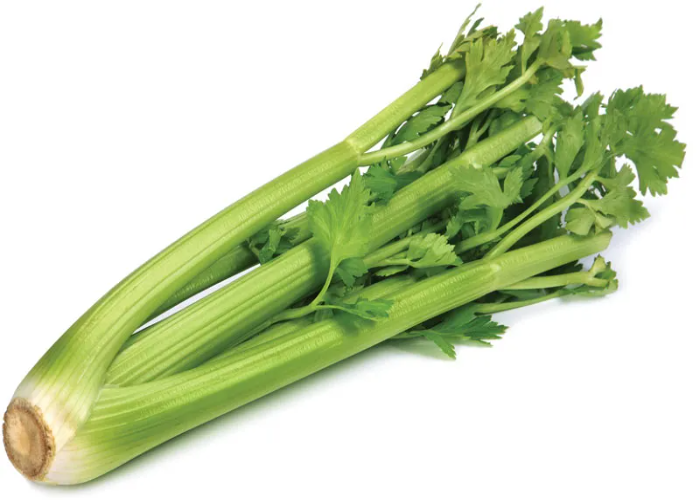
Celery greens, the leafy tops of the celery, have a unique blend of characteristics and flavours. They give a refreshing element to the recipes with their crisp, somewhat bitter taste. These vegetables are an excellent source of fibre and vitamins. They can be used in soups, salads, and stocks as a seasoning or garnish, adding a wonderful touch to many dishes.
8. Chard
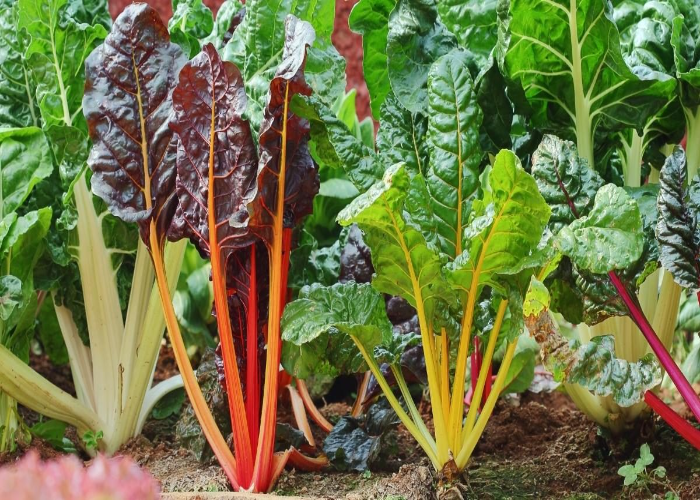
Chard has colourful stems and leaves that are both dark green and lush. It tastes earthy and bitter. Chard is a nutrient-dense option high in vitamins A, C, and K and minerals like magnesium and iron. It adds taste and nutritional advantages, whether sauteed, steamed, stir-fried, or added to salads and soups.
9. Collard
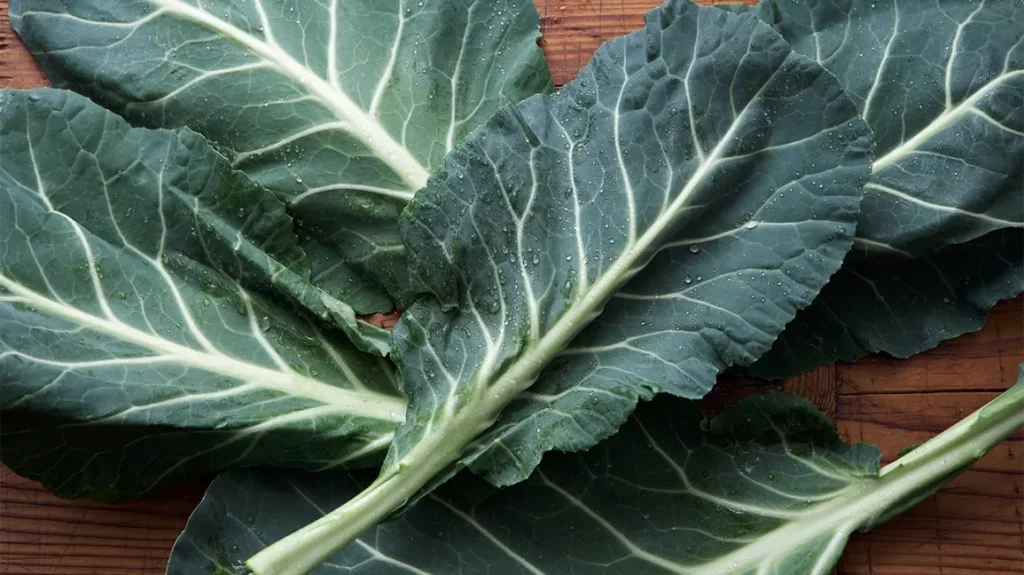
The powerful and sturdy green leafy vegetables, collard greens, have large, deep green leaves. They taste moderately bitter. Collards are a fantastic source of fibre and are loaded with minerals and vitamins. They are frequently utilized and cooked, sauteed, or braised in many cuisines. Collard greens are an excellent option to add flavour and texture to various dishes.
10. Coriander Leaves
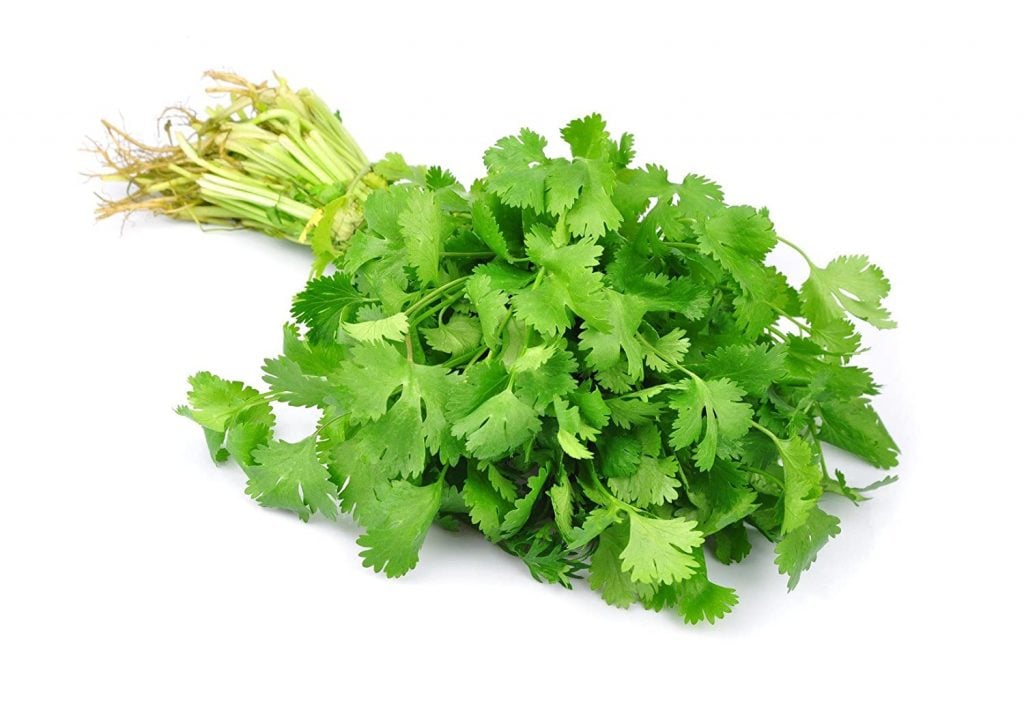
Coriander leaves, or cilantro, are famous worldwide for their distinct flavour and bright colour. They provide food with a reviving and fragrant touch, blending citric, peppery, and herbal aromas. The vitamins A, C, and L and antioxidants are abundant in these leaves. Cilantro is used in dishes to improve the food’s overall flavour and aesthetic appeal.
11. Dill leaves
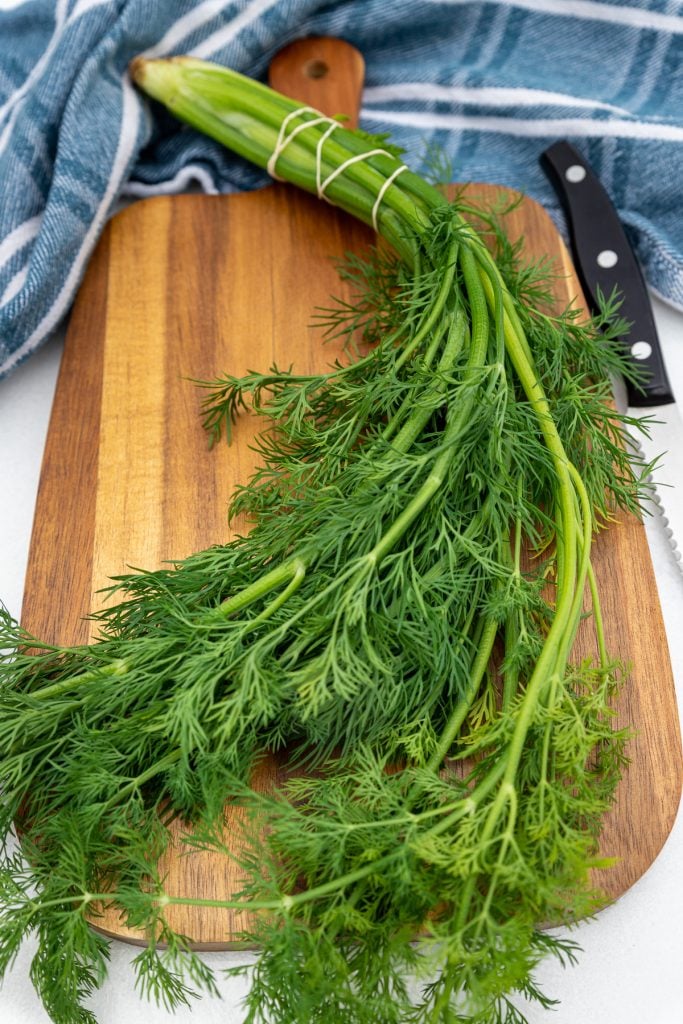
Dill leaves are feathery and delicate and have a unique flavour that is both tangy and herbaceous. They are frequently used in garnish, pickles, and in seafood dishes. Calcium, iron, and Vitamins A and C are plentiful in dill leaves. They are well-liked in addition to dips, salads, sauces, and different Mediterranean and Scandinavian cuisines because of their distinctive taste and aroma.
12. Escarole
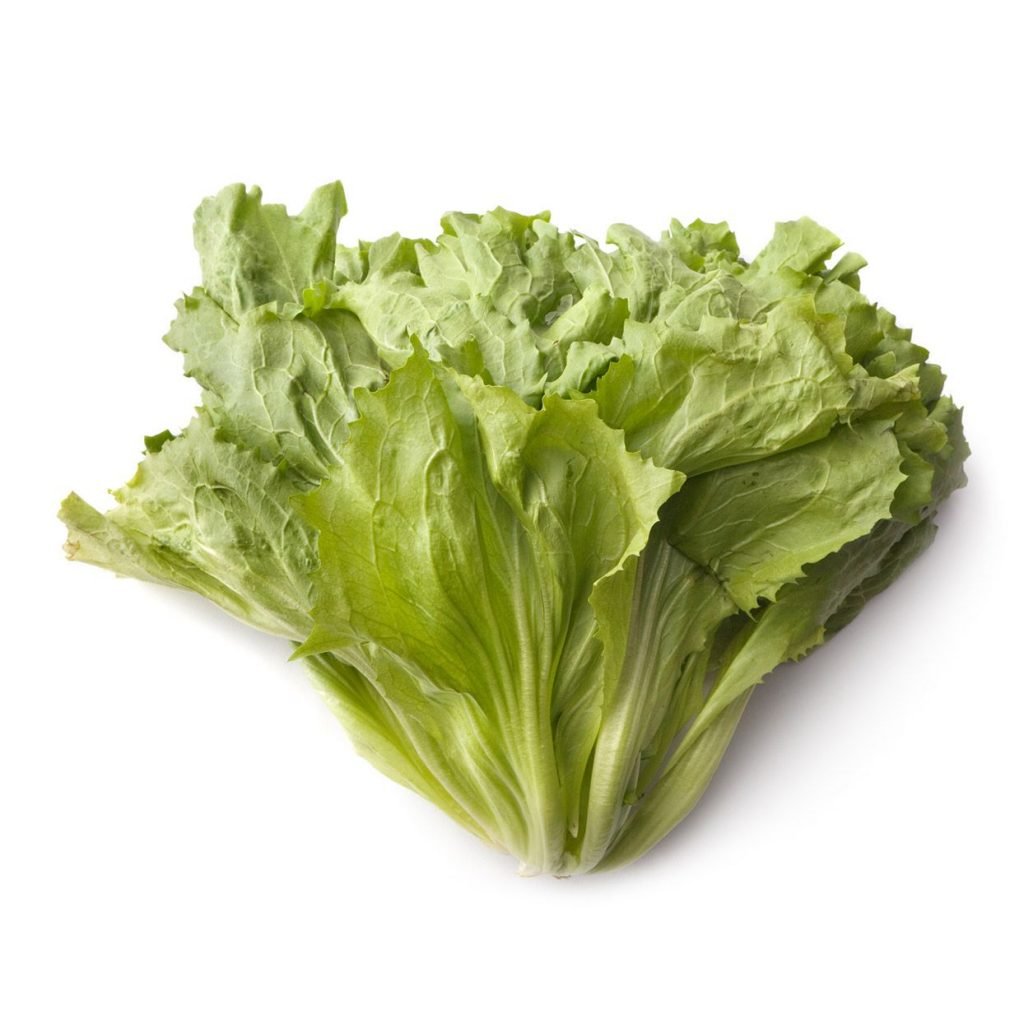
Escarole is a green leafy veg with a unique taste and characteristics. It tastes faintly sweet and has broad bitter leaves. Escarole is a good source of fibre and vitamins. Moreover, it adds texture and taste to many dishes. Due to its versatility, it may be relished both raw and cooked, offering a tasty balance of nourishment.
13. Fenugreek
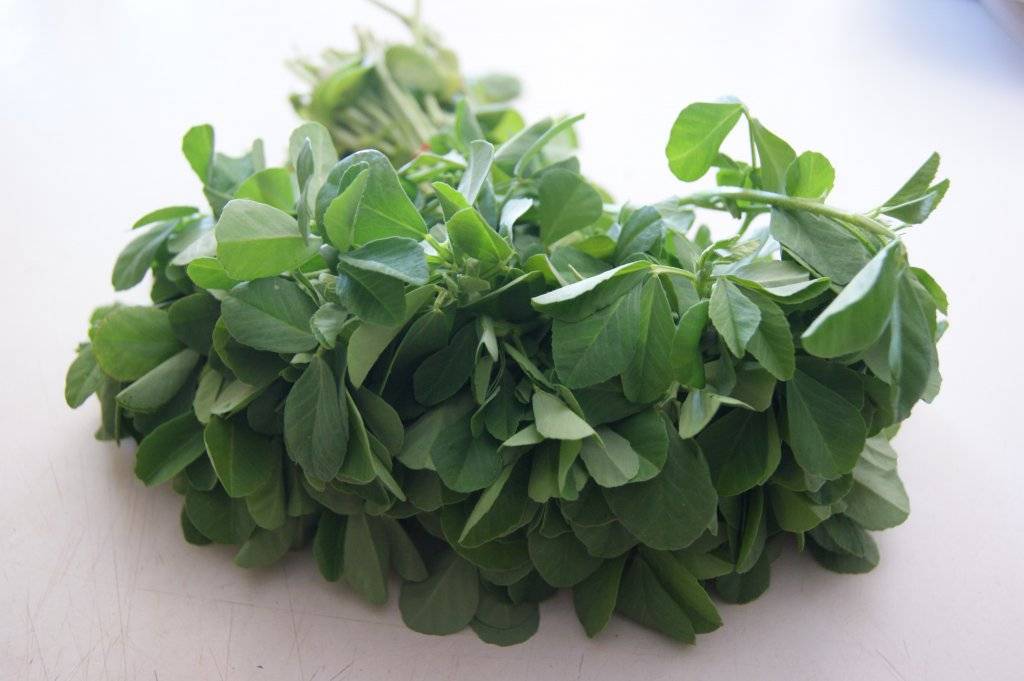
Fenugreek leaves have a distinctive flavour that is somewhat bitter and a little sweet. They are majorly used in Indian cooking, giving curries and vegetable dishes a unique taste. Iron, calcium, and vitamins A, C, and K are rich in fenugreek leaves. Their grassy and nutty flavour enhances meals by adding depth and complexity. Additionally, they can be used both fresh and dried.
14. Frisee
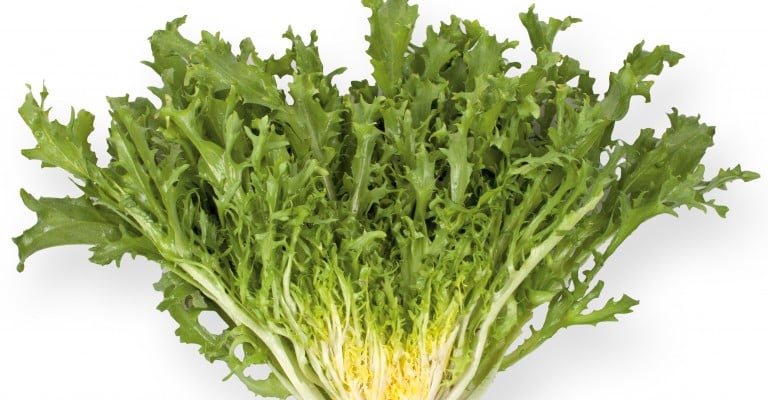
A kind of chicory known as frisee is distinguished by its delicate, curled leaves and a slightly bitter flavour, especially when mixed with other greens. Frisee is an excellent source of fibre and vitamins A and K. The bitter taste of this green blends well with bacon, acidic sauce, and citrus fruits to produce a balance and energizing meal.
15. Green Onion
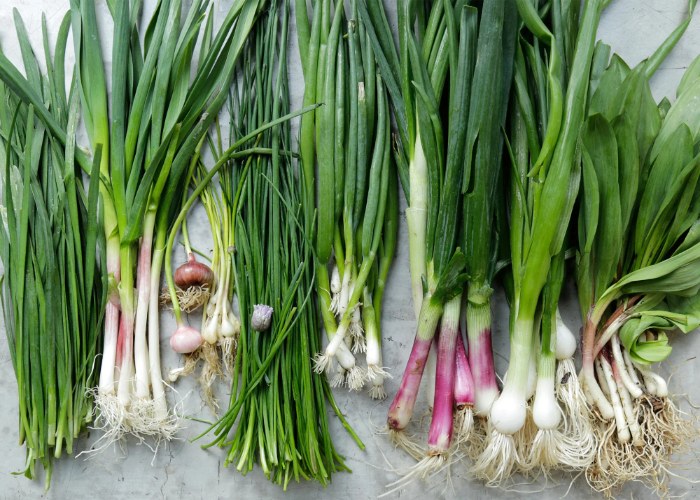
Also known as spring onions or scallions – this veggie offers distinctive flavour and quality. They give meals light and delicate onion flavour because of their thin, green stalks. Spring onions are mostly used as a garnish and added to omelettes, salads, soups, and other dishes. They are famous for adding freshness to culinary creations because of their delicate taste and adaptability.
16. Kale

Kale is a leafy green rich in nutrients and renowned for having a strong, mildly bitter flavour. Along with minerals like iron and calcium, it is a good source of vitamins A, C, and K. Kale may be eaten fresh in salads, cooked as a side dish, or used for smoothies, stir-fries, and soups. Due to its robust texture, it is a preferred ingredient for kale chips and as a spinach alternative in dishes.
17. Kohlrabi Greens
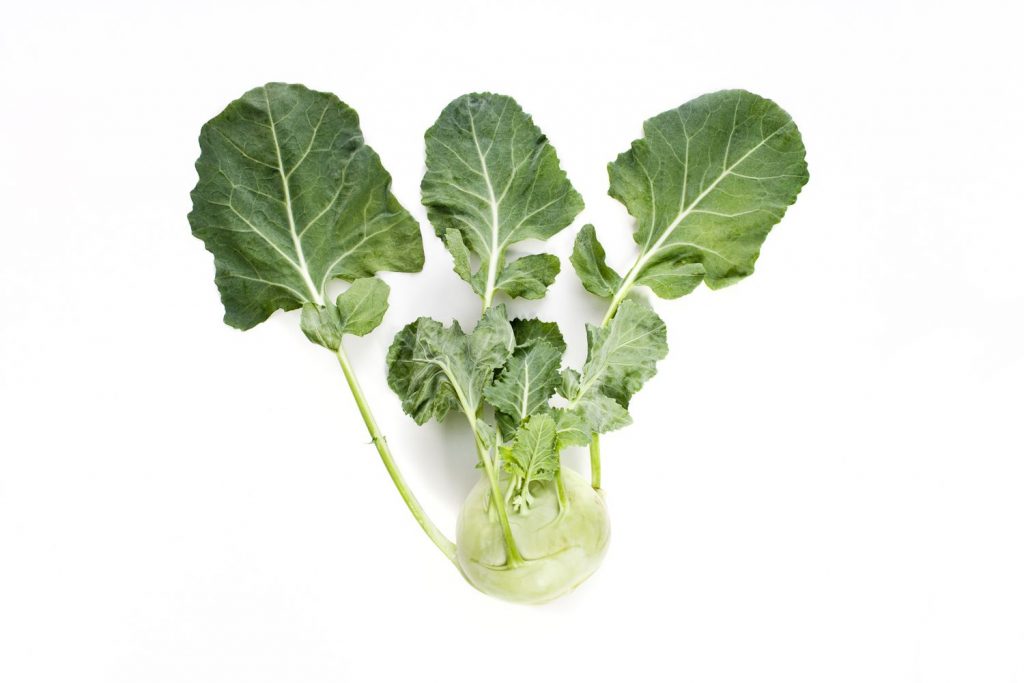
The leafy tops of the kohlrabi plant, known as kohlrabi green, have unique properties and tastes. They taste a little sweet with a tinge of spice. These vegetables are a good source of calcium, potassium, and vitamins. You may eat kohlrabi green raw in salads, add them to soups or use them to flavour pesto recipes. They are an excellent addition to your culinary repertoire due to their adaptability and nutritional advantages.
18. Lettuce
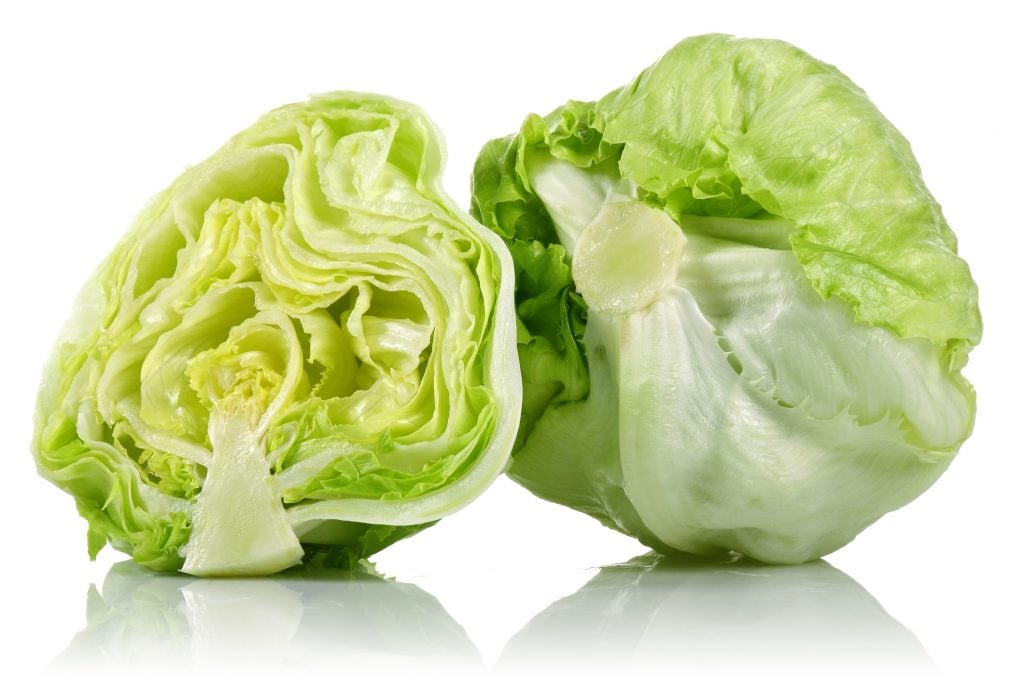
With its crisp and energizing properties, lettuce is a main ingredient in salads, burgers wraps sandwiches, and a base for various prepared foods. It is available in multiple forms, such as romaine, butterhead, and iceberg. Lettuce is low in calories and high in vitamins in K and A. In addition, its mild and slightly sweet taste provides a neutral foundation for other flavours.
19. Mint Leaves
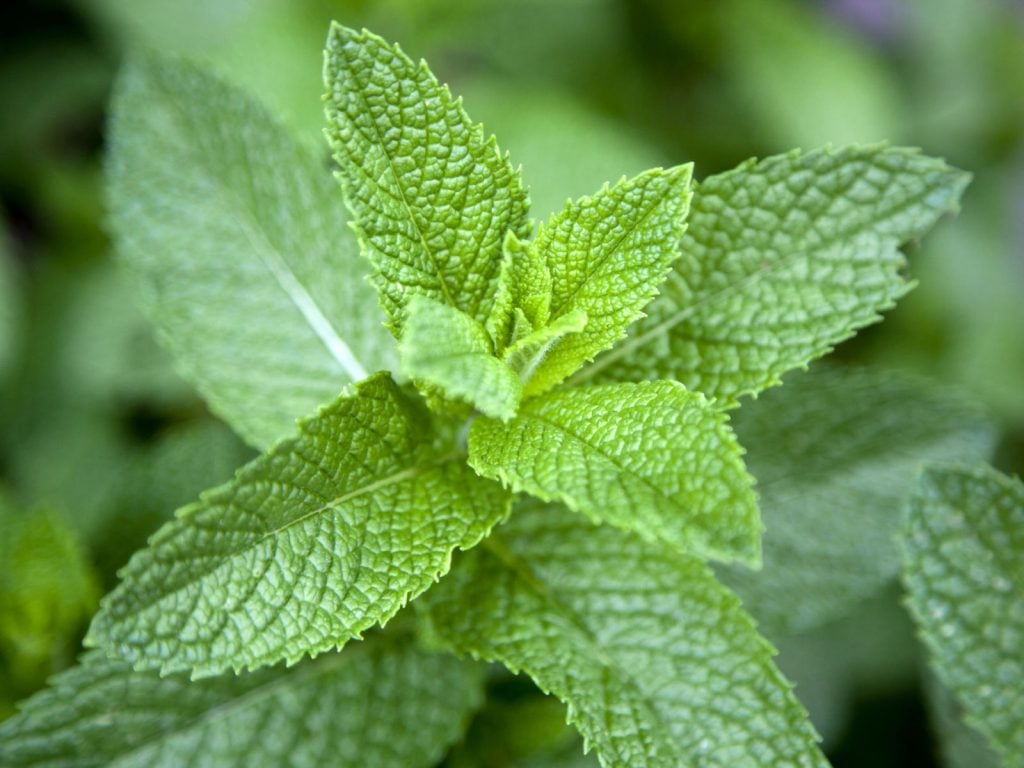
Mint leaves boost meals because of their powerful cooling properties; they taste sweet and somewhat acidic, with a refreshing and fragrant aroma. Vitamins and antioxidants are plenty in mint greens. They frequently provide vibrant and energizing aspects to drinks, salads, desserts, and savoury foods. They are preferred in many culinary applications due to their flexibility and smell.
20. Mizuna
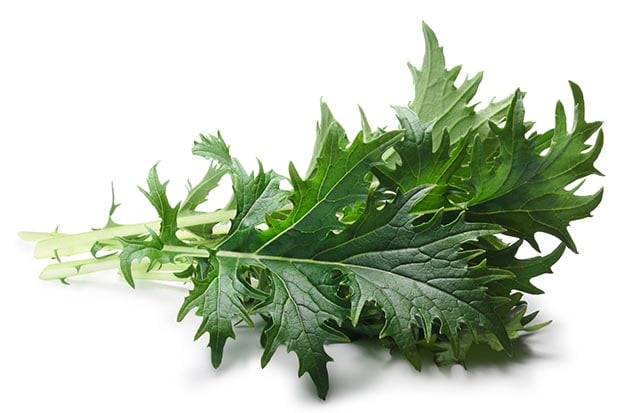
A leafy green from the mustard family is Mizuna which has a unique taste and characteristics. It has feathery leaves and tastes bitter and spicy. Mizuna is a good source of folate, fibre, and vitamins. This adaptable green may be a delicious ingredient to soups and stews, added to stir-fries, or eaten raw in salads. It is a favourite among food fans due to its distinctive taste and enticing texture.
21. Mustard Greens

With their robust and peppery flavour, mustard greens bring a bold taste to the dishes. They have a slightly bitter and tangy taste with a hint of spiciness. Mustard greens are packed with vitamins A, C, and K, as well as antioxidants. These greens are used in salads, soups, and stir-fries, adding texture and depth. They are common in many cuisines because their strong taste blends well with ginger, garlic, and other fragrant seasoning.
22. Purslane

The juicy, soft purslane leaves are prized for their unique features and taste. It is slightly bitter with a tart and offers a lemony flavour too. Omega-3 fatty acids and vitamins A, C, and E are plentiful in purslane. It may be eaten raw in salads or added to stir-fries and soups. Purslane is a tasty complement to various culinary applications because of its crisp texture and reviving taste.
23. Radish Leaves
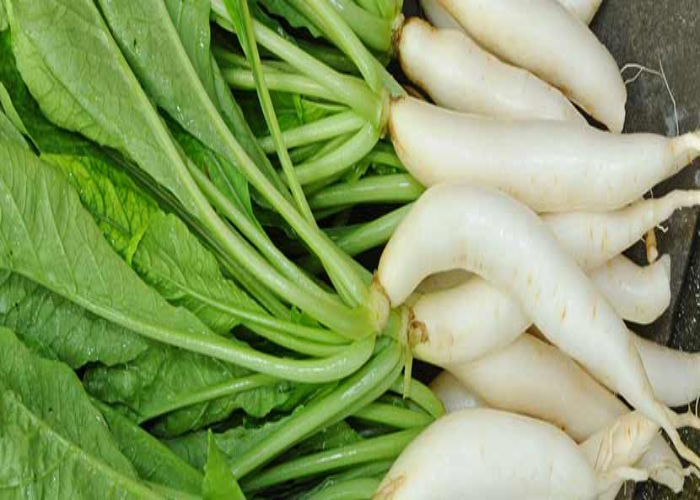
Radish leaves which are mostly disregarded, have properties and tastes to investigate. They taste spicy and have bright green leaves. They are packed with vitamins and antioxidants. They may be included in stir-fries, salads, or sauces to give a traditional touch to dishes. Radish leaves flavour differs from actual radish and can add a flexible and wholesome addition to your cooking arsenal.
24. Sorrel Leaves
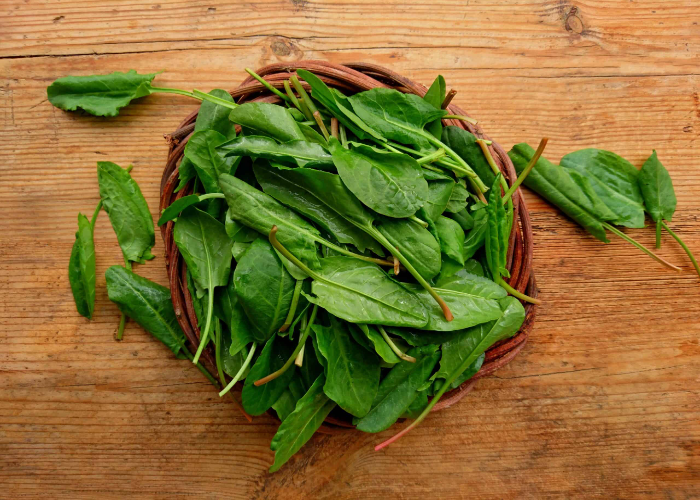
Sorrel leaves provide meals with a distinct and energizing aspect with their bright and acidic flavour. In addition, they have a tart, lemony taste that gives sauces, salads, and soups a delicious zing. Vitamins, minerals, and antioxidants are abundant in these leaves. Sorrel leaves are a versatile and delectable component in various culinary applications due to their soft texture and vivid flavour.
25. Spinach
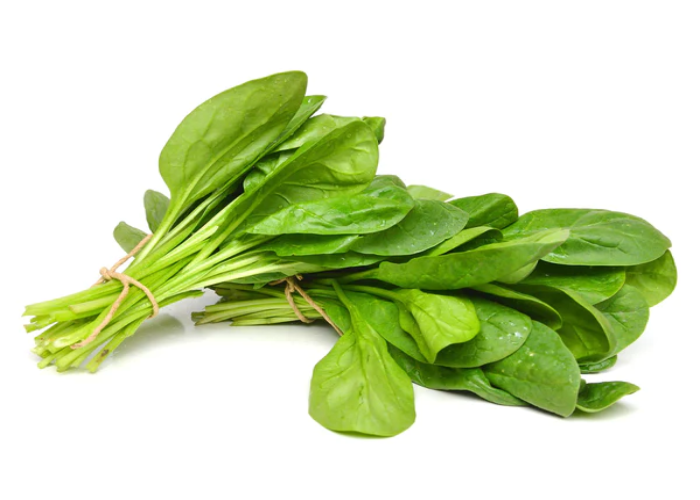
The most popular green leafy vegetable in the world is spinach. It leaves are tender and possess an earthy taste. It is a powerhouse of iron, folate, and vitamin-rich nutrients. Spinach can be enjoyed in salads, side dishes, smoothies, pasta, and soups. Its versatility, nutrient density, and gentle flavour make it a popular choice.
26. Tatsoi
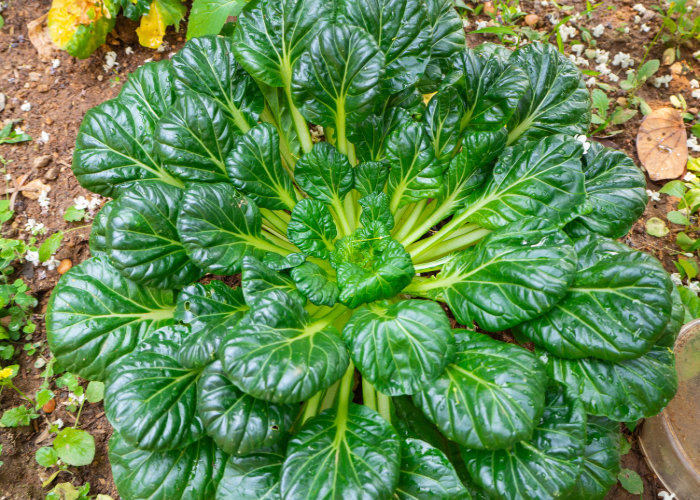
Tatsoi is a green leafy veggie with spoon-shaped, dark green leaves. They have a moderate peppery flavour. It is a good source of calcium, folate, and vitamins. Tatsoi is a flexible ingredient used in cooked and uncooked meals. It is a lovely complement to various culinary applications because of its texture and taste.
27. Turnip Greens
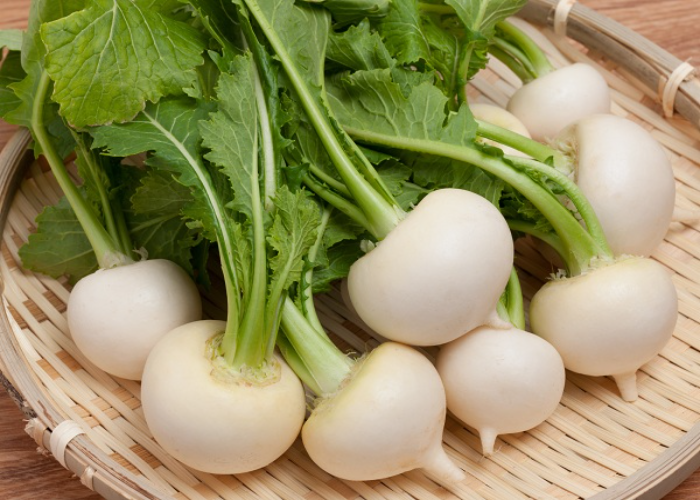
The leafy tops of turnip plants are turnip greens. They offer a range of qualities and flavours of bitterness and earthiness. Vitamins A, C, and K, calcium, and iron are present in this green. Asian cuisines use this veggie in several ways. Their robust flavour and nutritional profile make them a versatile and healthy food addition.
28. Watercress
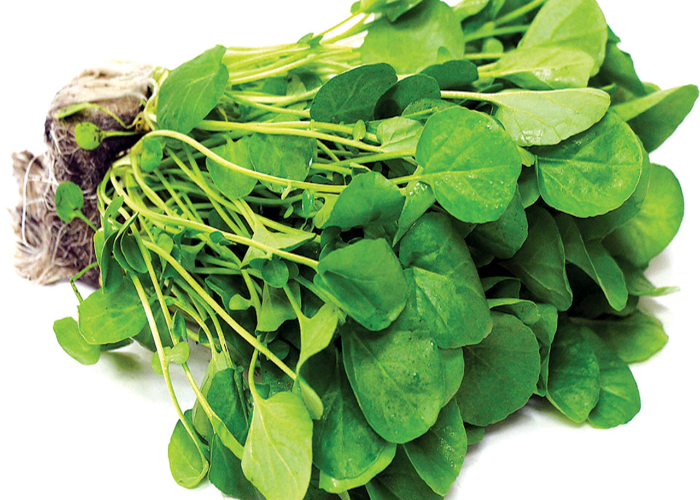
A leafy green with tiny, crisp leaves, called the watercress, has a spicy and acidic flavour. Plenty of antioxidants, including vitamins A, C, and K, are present in it. Watercress adds a zingy and vivid element to salads that are frequently eaten uncooked. Additionally, it may be used in pestos. Watercress gives a tasty and nutritive touch to a variety of culinary creations because of its distinctive flavour and high nutritional content.
29. Wheatgrass
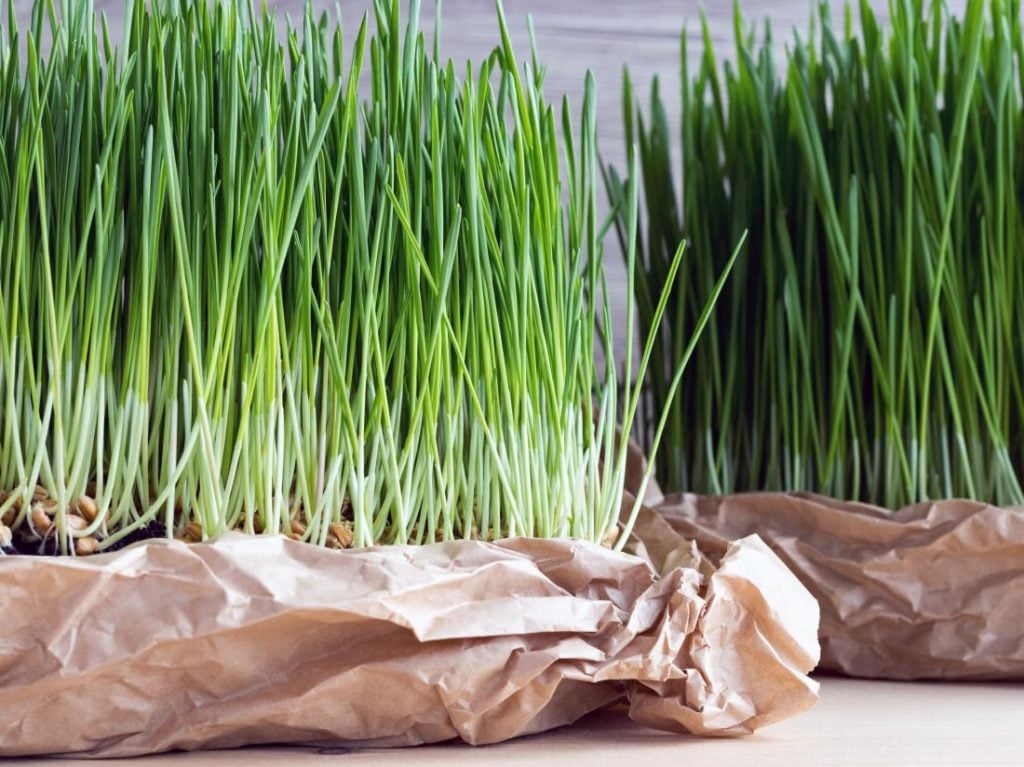
Wheatgrass are young shoots for wheat plants. It is celebrated for its numerous nutritional qualities and benefits. Iron, magnesium, and vitamins are packed in it. Because of its possible health advantages and ability to purify the body, wheatgrass is ingested as a juice or added to smoothies. It has an earthy and grassy taste. Health-conscious people often turn to wheatgrass when looking for a natural nutritional boost.
30. Young Nettles Leaves
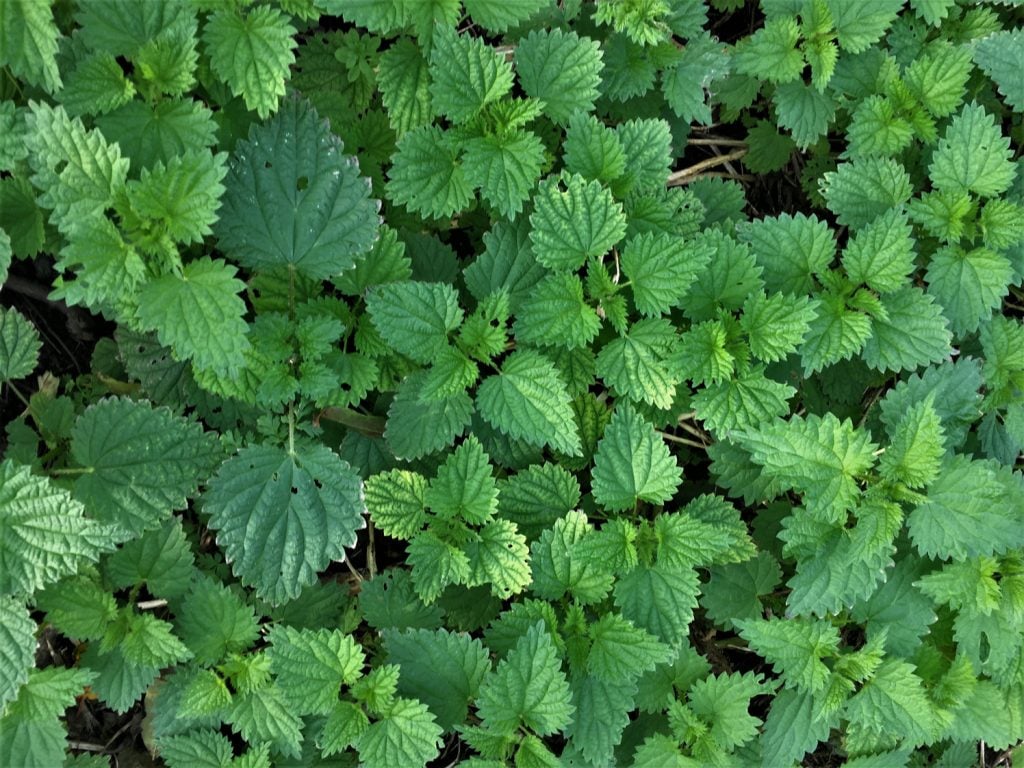
Even though they are sometimes regarded as weeds, young nettle leaves have exceptional properties and tastes. They have an eye-catching green hue and an unusual flavour that is nutty and earthy at the same time. Iron, calcium, and vitamins A, C, and K are plentiful in nettle leaves. The nettle leaves contribute taste and nutrition to various beverages and foods.
To Sum Up
All these leafy greens offer a variety of flavours, nutritional benefits, and textures. They are used in many cuisines to add freshness and vibrant colours to meals. The availability of these green may vary depending on region and season. Green leafy veggies are an excellent source of iron, magnesium, and vitamins such as A, C, and K. So if you are health conscious individual – don’t forget to incorporate green leafy vegetables in your diet.
Tell us in the comment box below which of these is your favourite leafy vegetable.

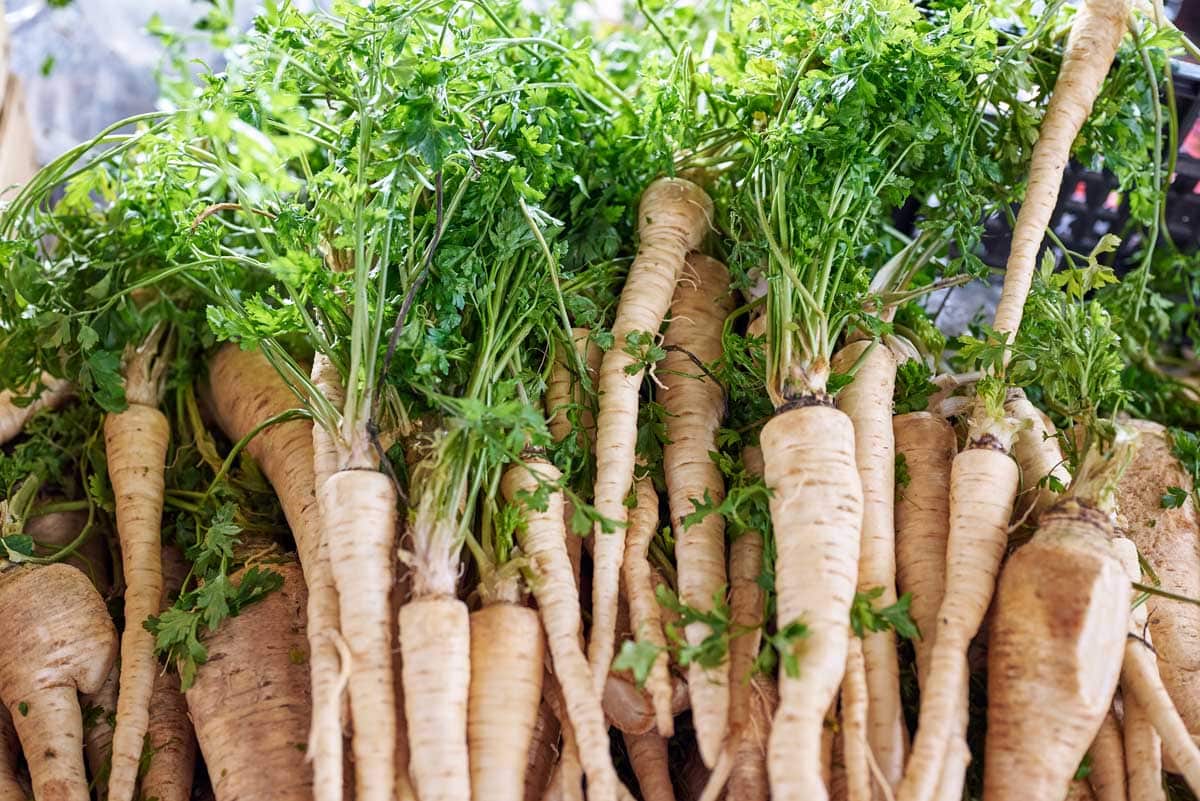

![How To Grow Rocket In Your Garden [4 Easy Steps]](https://staging.thearches.co.uk/wp-content/uploads/How-To-Grow-Rocket-In-Your-Garden.jpg)
